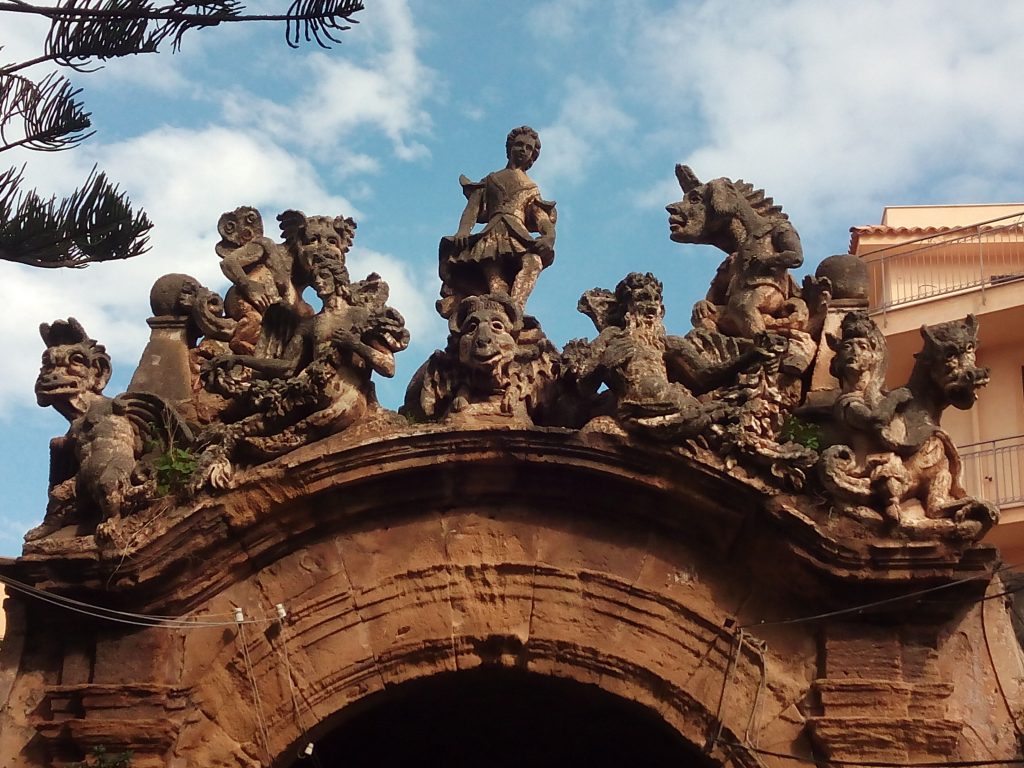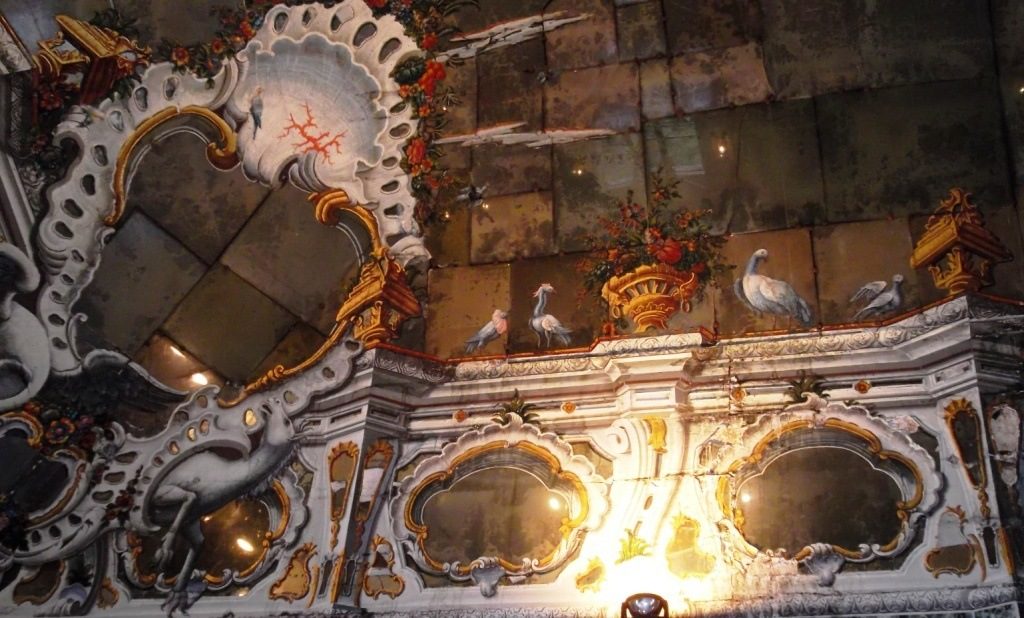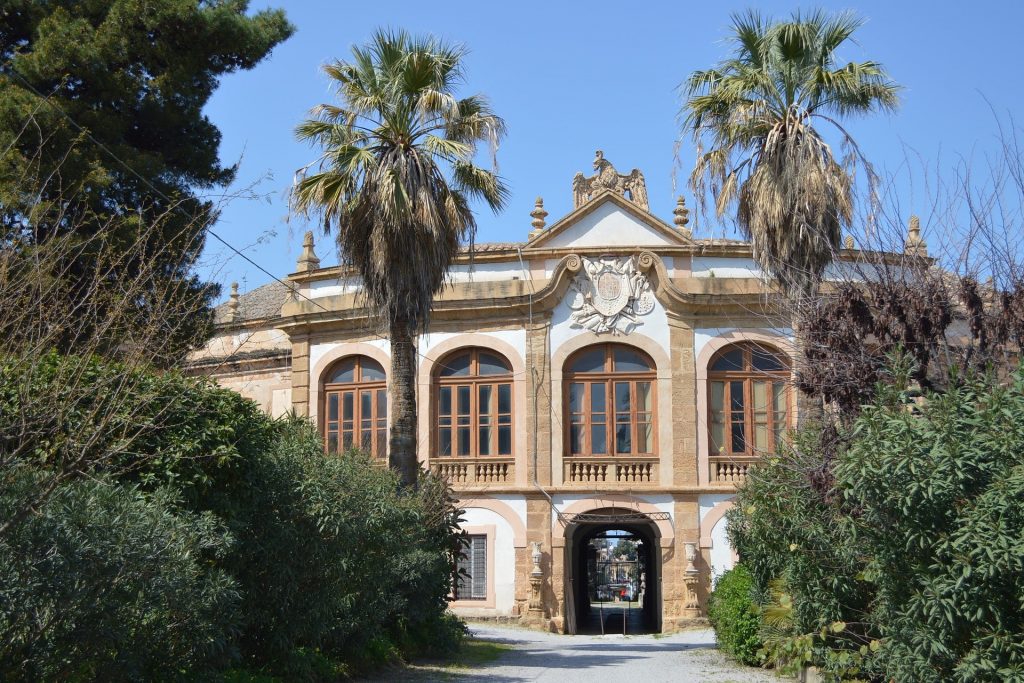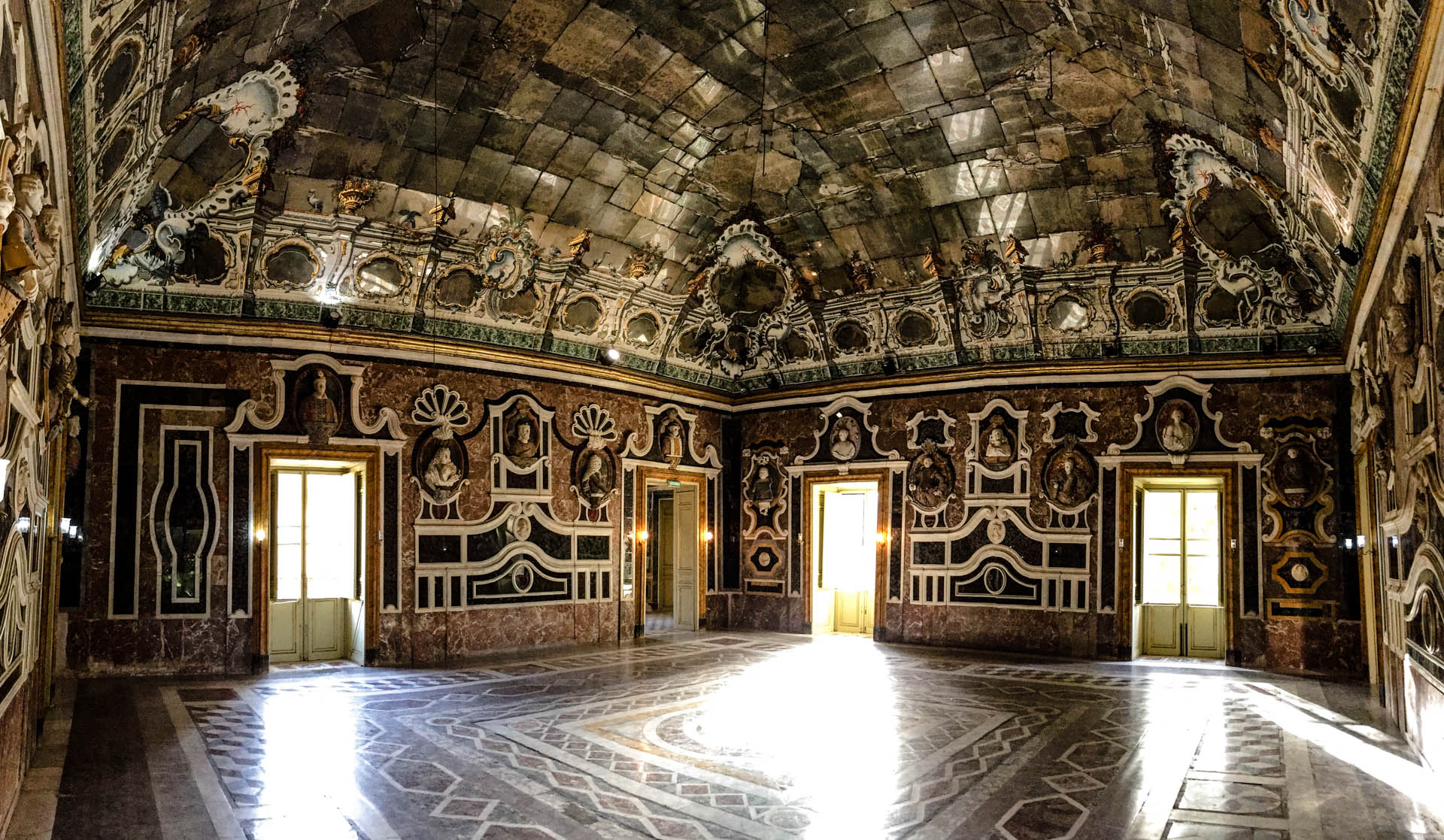Superb, wonderful and quirky. One of the best known and most visited monuments. Villa Palagonia it is an eighteenth-century masterpiece, a place that is clothed in magic and mystery. Loved by famous people such as Goethe who was inspired to write the memorable scene from Faust entitled "The Night of Walpurgis" and which he described in "Journey to Italy", it has been defined as the "most original place that exists in the world and famous throughout Europe ". The history of Villa Palagonia in Bagheria in the province of Palermo.
Villa Palagonia, the villa of monsters
Villa Palagonia was built starting from 1715 at the behest of Ferdinand Francesco I Gravina Cruyllas, prince of Palagonia. The architect and Dominican friar Tommaso Maria Napoli took care of it and he also knew about its construction other big names like that of the Sicilian Agatino Daidone. In Ferdinando, his son took office Ignazio Sebastiano Gravina who had the low bodies built to house the servants, but it is a Ferdinando Francesco II said The necromancer that we owe the evocative sequence of monstrous figures that surround the walls.

A succession of statues that envelop Villa Palagonia in mystery, esotericism and alchemy. Extravagant animals, anthropomorphic characters and human bodies dancing in a riot of phantasmagoria. Eccentricity that is also found in the private chapel and another sign of the Necromancer. From the navel of the Crucified Christ hangs a chain that connects to a kneeling man depicting the prince himself. A warning, symbolism of the request for forgiveness to God for the society of his time impregnated with appearances.
Hall of Mirrors
In the frenzy of figures that adorn Villa Palagonia, the interiors are no less; magnificence and whimsy are found in every corner. Villa Palagonia is spread over two floors. Its layout has a curvilinear shape with two fronts, one convex and the other concave which houses the monumental double flight of limestone staircase. The elliptical vestibule is frescoed with scenes depicting theand labors of Hercules and which allow access to the noble floor and on the right to the Hall of Mirrors, a masterpiece and metaphor of human fragility and vanity. The ceiling is entirely covered with mirrors and paintings depicting a balustrade with the sky above. The walls, another marvel, are enriched with very fine marble, multicolored glass and marble high-reliefs depicting the founders and their respective wives.

A two-story villa between mysteries and legends
From the hall you enter the Hall of the Chapel, while la Billiard room is facing. Villa Palagonia, has fascinated and enchanted not only Goethe, but also personalities such as Salvador Dali who would have liked to buy it as a holiday home. Renato GuttusoInstead, he defined it as the place of his games as a child. Furthermore, many directors have immortalized it or recreated it in their films such as Marco Bellocchio and Giuseppe Tornatore. Nonetheless, between charm and suggestions, the Villa of the monsters contains legends and alchemical theses. An ancient legend he wants pregnant women never to go near the Villa to avoid abortions and demonic births. Another belief sees Villa Palagonia as place of ghosts and according to others it is possible to read in the structure a plea linked to the search for the philosopher's stone and references to necromancy.

Info
Villa Palagonia was bought by the brothers Angelo and Francesco Castronovo. Today, the heirs, gathered in the foundation, make this masterpiece accessible to the public. Villa Palagonia Piazza Garibaldi, 3 - 90011 Bagheria (PA). Open to the public every day: from 1 November to 31 March from 9,00 to 13,00 and from 15,30 to 17,30. From 1 April to 31 October from 9,00 to 13,00 and from 16,00 to 19,00. Also, you can consult the official website for more information.





